Karlovy Vary
Caving in before my sister’s foolhardy insistence, I agreed to go on a trip with her on the most inauspicious day possible. The interesting thing about my sister is that somehow, she always finds a weather forecast that says it will be sunny when all other forecasts predict rain. If prompted, she would no doubt be able to find a weather app that would tell us there isn’t a single cloud in the sky during a downpour.
All this is to say: today was a miserable day to visit
Karlovy Vary, which, by all admissions, is a very pretty town in the West of
the Czech Republic. Famed for its spas, Karlovy Vary (also known as Karlsbad in
German) was named after Emperor Charles IV, who reportedly experienced its healing
qualities during his stay in the vicinity. In subsequent centuries, the
blossoming town would be visited by statesmen from all over Europe, including
Peter the Great, Bismarck, and Ataturk, and artists like Beethoven, Chopin, Brahms,
Goethe, Schiller, Mickiewicz, and Turgenev. Accordingly, Karlovy Vary abounds
with churches of various confessions, including Roman Catholicism, Eastern
Catholicism, Russian Orthodoxy, and Anglicanism.
These churches, along with springs and colonnades in various
architectural styles, form the backbone of the town’s year-round tourist
appeal. Once a year, however, Karlovy Vary hosts a film festival, which always
attracts one or two foreign actors well past their prime. It takes place in the
absolutely ghastly Hotel Thermal, a brutalist block built in the very centre of
the town in the 1960s. If there is a petition to knock it down and build
literally anything else in its place, I will sign it.
After spending a while in Karlovy Vary, we continued to Bečov nad Teplou. We had made a
reservation to visit the chateau at noon to see the famous Reliquary of Saint
Maurus, and made it just in time. Created in the 13th century, the
ornate artefact wound up in Bohemia in the 1880s, but the most interesting
episode in its centuries-long history unfolded in the modern age.
Due to their cooperation with the Nazi regime, the reliquary’s
owners had to leave Czechoslovakia at the conclusion of World War II, having
buried the artefact beneath the chapel floor. Nothing was known of the artefact
until 1984, when an American businessman offered Czechoslovak authorities 250
thousand dollars for the right to excavate and export an unspecified artefact.
Naturally, the offer aroused suspicions, and a team of federal investigators
managed to elicit enough information from the businessman (who had been
recruited by the Beaufort family, the reliquary’s last owners) to find the
reliquary themselves.
By the time we got to Bečov, it was already raining in earnest, so, having seen the reliquary, we cut our trip short and headed home.
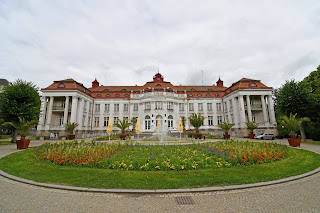







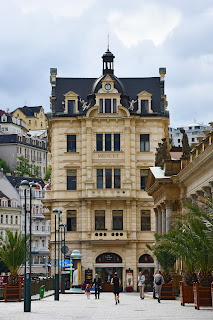



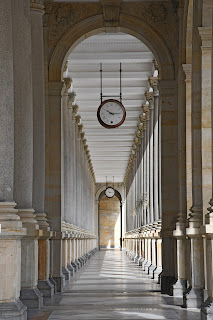











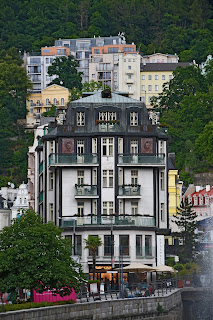







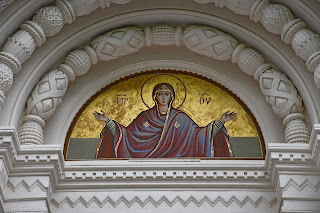




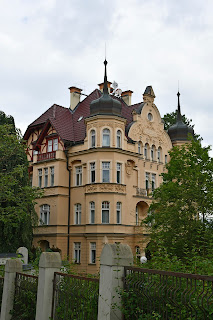





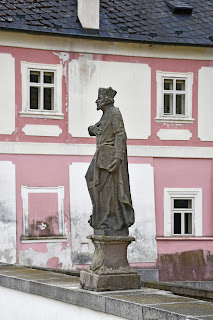






Comments
Post a Comment